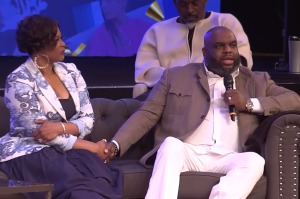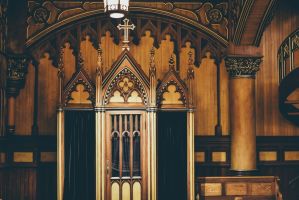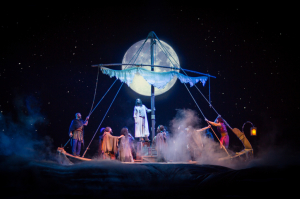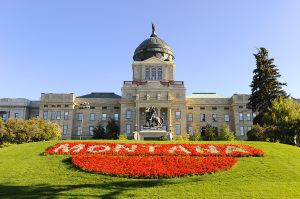5 interesting historical facts about Easter services
3. The Council of Nicaea and the Easter date controversy
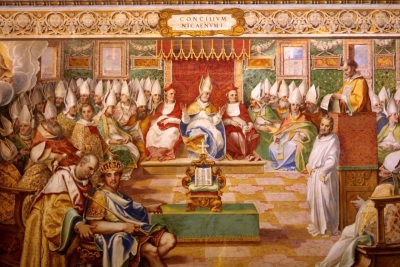
During the second century, a debate arose within the early church over when specifically to celebrate Easter.
Some churches chose the Sunday closest to the Jewish Passover, while others did it on Passover itself. Sometimes, different churches chose different Sundays as there would be confusion over the closest date to the Jewish holiday.
During the Council of Nicaea in 325, church leaders decided that Easter would always fall on the Sunday after the first full moon after the Spring equinox, placing it between March 22 and April 25.
“The ruling of the Council was not immediately accepted everywhere. It did not sit well with those who had been celebrating the resurrection on Passover to suddenly learn they were being called heretics,” according to Christianity.com.
“Confusion was also caused because Rome and Alexandria fixed the Spring equinox (the day in the Spring when day and night are equal) by different methods. Eventually, however, the ruling of the Council of Nicea was accepted by all of the Western church.”
At present, Eastern Orthodox churches have a different and more complex method for determining when to observe the holy day, which is based on the old Julian calendar.
This year, in a rare coincidence, Easter Sunday will fall on the same date, April 20, for both Eastern and Western churches.

















